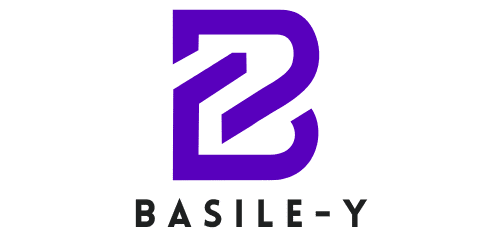How do you design an engaging chatbot personality ?
In today's digital landscape, chatbots have become essential tools for companies looking to improve their customer experience and boost engagement. To stand out from the crowd and hold users' attention, it's important to give your chatbot an engaging personality that's consistent with your brand identity. How do you go about designing an engaging chatbot personality? Here are the details.
Understanding your target audience
The first step in designing a successful chatbot personality is to gain a thorough understanding of your target audience. It is essential to identify their expectations, needs and preferences in order to create a persona that speaks to them and arouses their interest. Market research, user surveys and customer data analysis can all be useful in gathering this valuable information. Click to learn more.
A voir aussi : Unveiling joy: the ultimate best case unboxing experience
Defining the chatbot's character traits
Based on the insights gained about the target audience, it is possible to define the chatbot's character traits. Should it adopt a professional and reassuring tone to inspire confidence, or a more humorous and relaxed approach to create a friendly interaction? The aim is to forge a personality that is consistent with the brand's image, while remaining in line with users' expectations.
Maintain consistency in language
The chatbot's personality must be reflected in its language, whether in the vocabulary used, the syntax or the tone adopted. It is important to ensure that this language is consistent throughout the interaction, so as not to destabilise users. A chatbot with a language register that is adapted to its target audience and in line with its identity will make exchanges more fluid and increase engagement.
A lire également : How Are Advances in AI Changing the Dynamics of Online Customer Service?
Inject personality and humour
If the context allows, don't hesitate to inject a dose of personality and humour into the chatbot's interactions. This can mean using emojis, gifs or light-hearted jokes, always in keeping with the brand's tone and the audience's expectations. A chatbot capable of being witty and light-hearted will make exchanges more pleasant and memorable for users.
Test and iterate
Designing a chatbot personality is an iterative process that requires constant testing and adjustment. It is crucial to gather feedback from users in order to identify the chatbot's strengths and weaknesses. This invaluable feedback will help refine its personality and optimise it to deliver an ever more engaging user experience. To achieve this, a number of steps need to be taken.
Gathering user feedback
The first step in the continuous improvement process is to gather feedback from users. This can be done in a number of ways.
Firstly, short, targeted questionnaires can be used to collect quantitative data on how users rate the chatbot's personality. These surveys can be triggered after an interaction or sent regularly to frequent users. The results will help you to identify which aspects of the personality are working well and which need to be adjusted.
Next, observation sessions can be used to gather qualitative data on the interactions between users and the chatbot, by analysing their reactions and expressions. By observing users' body language, facial expressions and comments, you can better understand how the chatbot's personality is perceived and experienced in a real context.
Finally, in-depth analysis of conversation logs can help identify friction points and the moments when users experience difficulty interacting with the chatbot. By examining the responses that have caused confusion or frustration, you can adjust the chatbot's tone, vocabulary and comprehension skills to improve the user experience.
By combining these different sources of data, you can continually refine and personalise your chatbot's personality, guaranteeing an ever more engaging and relevant experience for your audience.
Identify strengths and weaknesses
By analysing user feedback, you can identify the strengths and weaknesses of the chatbot's personality. It's important to pay attention to both the positive aspects, which boost user engagement, and the negative aspects, which require improvement.
Strengths :
- Users appreciate the chatbot's humorous tone;
- the chatbot is perceived as professional and reassuring;
- interactions with the chatbot are fluid and pleasant...
Weak points :
- the chatbot sometimes has difficulty understanding complex questions;
- the chatbot's answers can sometimes lack precision;
- the chatbot is not always able to solve users' problems…
Refine the chatbot's personality
Based on the strengths and weaknesses identified, it is possible to refine the chatbot's personality and make it even more engaging. This can take the form of:
- Adjust the tone of the language: if users appreciate the chatbot's humour, it can be accentuated. Conversely, if the chatbot is perceived as too familiar, it may be necessary to adopt a more formal tone.
- Improve natural language comprehension: if the chatbot has difficulty understanding complex questions, it can be trained on a larger corpus of data and its natural language processing algorithms can be improved.
- Extend the chatbot's functionalities: if the chatbot is not always able to solve users' problems, it can be given new functionalities, such as access to a knowledge base or the ability to put users in touch with a human agent.
Optimising the user experience
By refining the chatbot's personality and improving its functionality, it is possible to optimise the user experience and boost engagement. An engaging chatbot is one that knows how to meet the needs and expectations of its target audience, while offering a fluid and pleasant interaction.
